Confused by how big your dehumidifier needs to be? Follow these simple sizing rules
Our expert-backed guide explains how to choose the right size and capacity of dehumidifier for your home
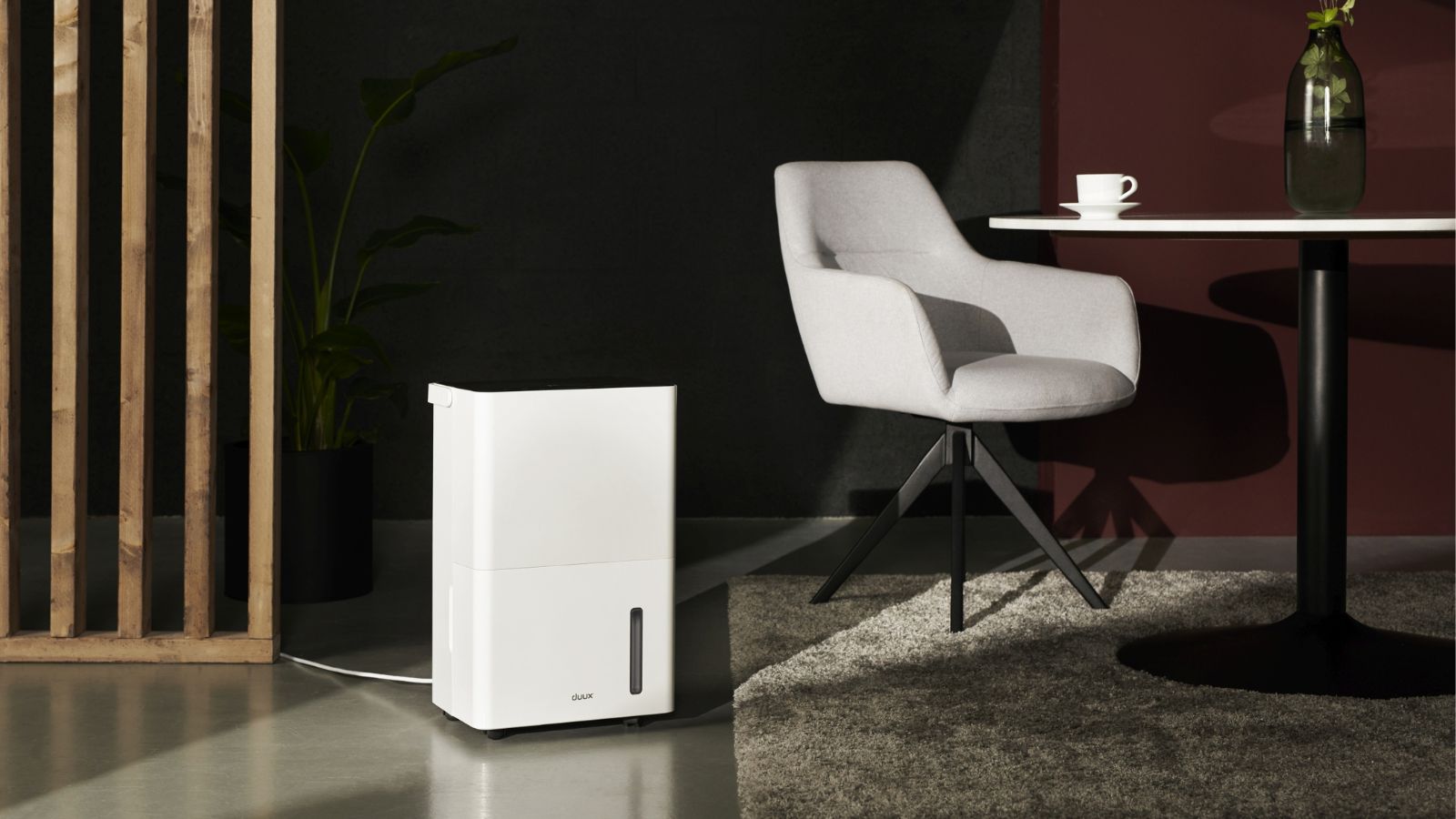
When it comes to choosing a dehumidifier, capacity really does matter. Pick one that’s too low, and it’ll run constantly while barely reducing humidity. Go too high, and you could end up using more energy than you need. As with all things, the goal is to hit that Goldilocks number: the best dehumidifier that’s just right for your home and how you use it.
The right capacity depends on the size of your home, how damp the space is, and what you need the unit to do. Whether you’re trying to tackle window condensation, improve air quality or dry laundry indoors, knowing what size of dehumidifier you need will help you get better results with less waste.
Below, we’ll walk you through the basics of dehumidifier sizing, with expert tips on how to choose the right capacity for your needs.
What size of dehumidifier do I need?
When we refer to dehumidifier ‘size’, it’s important to know that we’re not talking about the physical dimensions of the machine, but rather how much moisture it can extract from the air over a 24-hour period. As Nicholas Auckland, home energy expert at Trade Radiators, explains: "The size of a dehumidifier is measured by its extraction rate, which is usually given in litres per day (often shortened to L/day). So, a 12L dehumidifier can generally extract up to 12 litres of water from the air over a 24-hour period."
It’s also worth noting that while a higher-capacity unit can remove more moisture, it won’t necessarily be more efficient. What’s more important is how well a unit is matched to your space and how it’s used.

Nicholas Auckland, Managing Director at Trade Radiators, is a heating and energy expert with nearly 20 years of experience. He’s known for helping homeowners find practical, energy-efficient solutions, whether it’s choosing the right radiator or picking a dehumidifier that cuts down on damp and running costs.
How to work out what size of dehumidifier you need
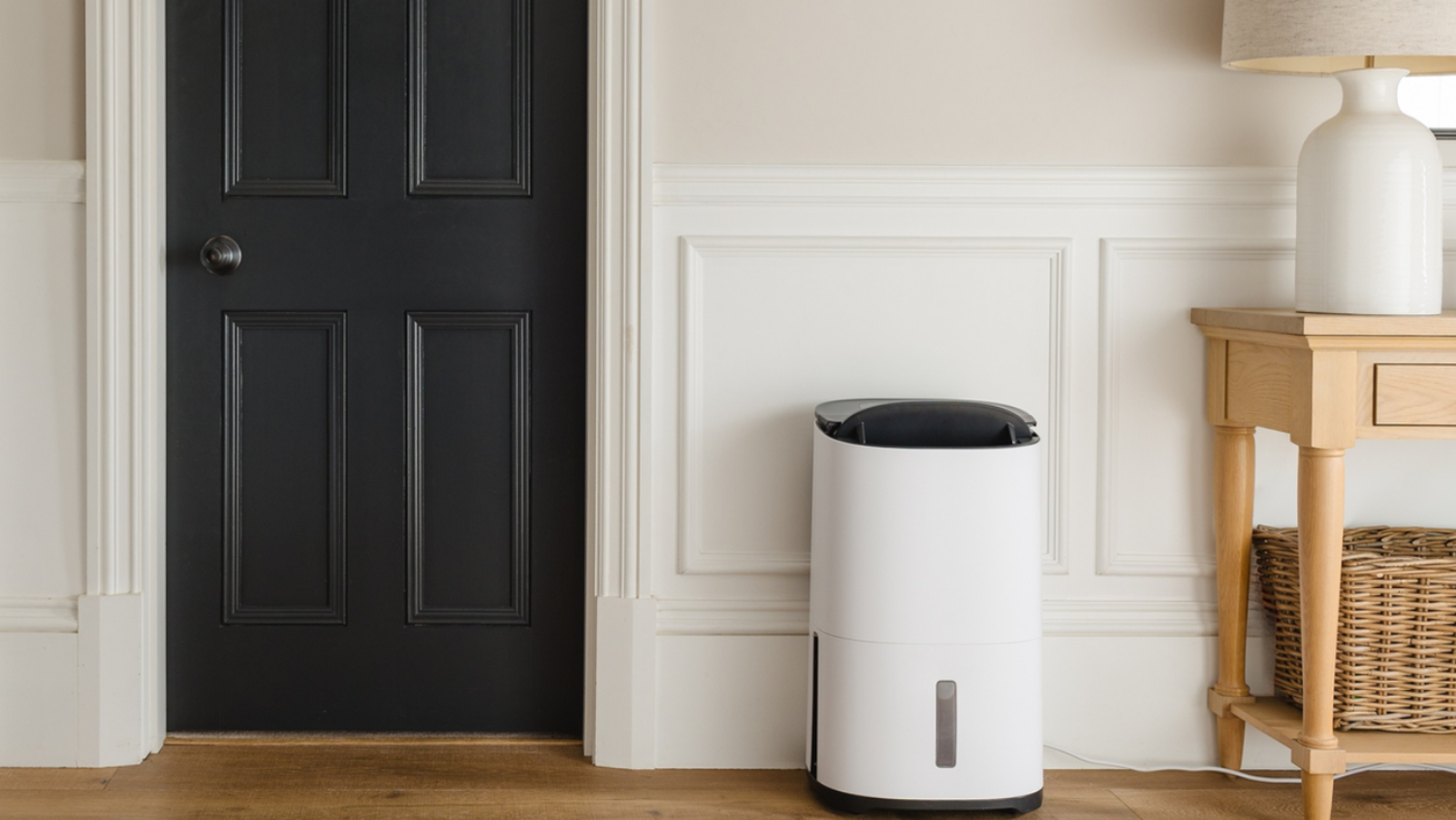
Now we’ve established what we mean by dehumidifier ‘size’, the next step is matching that capacity to your home. There’s no one-size-fits-all solution and the right unit for a small utility room won’t necessarily cut it in a draughty conservatory or busy family home.
“First things first, measure up the room you’re looking to use a dehumidifier in,” says Katie Lilywhite, air treatment expert at AO.com. “You should consider how damp the space is, how much airflow it gets, and whether you’re drying your clothes inside. Each of these factors can impact how hard your dehumidifier will have to work.”
Bring your dream home to life with expert advice, how to guides and design inspiration. Sign up for our newsletter and get two free tickets to a Homebuilding & Renovating Show near you.

Katie is one of the many experts at AO.com, covering a multitude of appliances including air quality products, health and beauty and homes and gardens.
Small spaces: utility rooms, bedrooms and home offices
For compact rooms with low to moderate moisture – such as small bedrooms or utility rooms – a 10L to 12L dehumidifier is usually sufficient. According to Katie Lilywhite, these units are ideal for controlling everyday humidity levels and occasional condensation without taking up too much space or energy.
Medium spaces: lounges, conservatories and laundry areas
If you’re dealing with a medium-sized space or somewhere that tends to feel a little more humid – such as a living room, conservatory or anywhere you regularly dry laundry – Katie recommends buying a 15L to 20L model, as “these offer a more powerful extraction rate to manage fluctuating humidity throughout the day.”
Whole homes: choosing by property size
If you’re looking for a whole-home solution or something to reduce humidity across multiple rooms, it’s best to choose by property size. Chris Michael, CEO of Meaco, explains: “In smaller homes, such as a flat, a 10L or 12L unit is usually sufficient. For a three-bedroom home, a 20L model is more appropriate. Properties with four or more bedrooms will benefit most from a 25L machine.”
Drying laundry indoors? Go a size up
If you intend on using your dehumidifier to dry clothes indoors, consider going one capacity bracket higher than you would for the room size alone. Moisture from wet laundry can significantly increase humidity, and a more powerful unit will handle it more efficiently, without running non-stop.
“In instances where a property has significant damp issues and/or the need to frequently dry wet washing indoors, you should also buy one size up,” adds Chris Michael.

Chris and his partner Michelle started Meaco in 1991. Meaco is now regarded internationally as a major player in the dehumidifier industry selling to 20+ countries throughout Europe, North America and South Africa.
Shop the best dehumidifiers
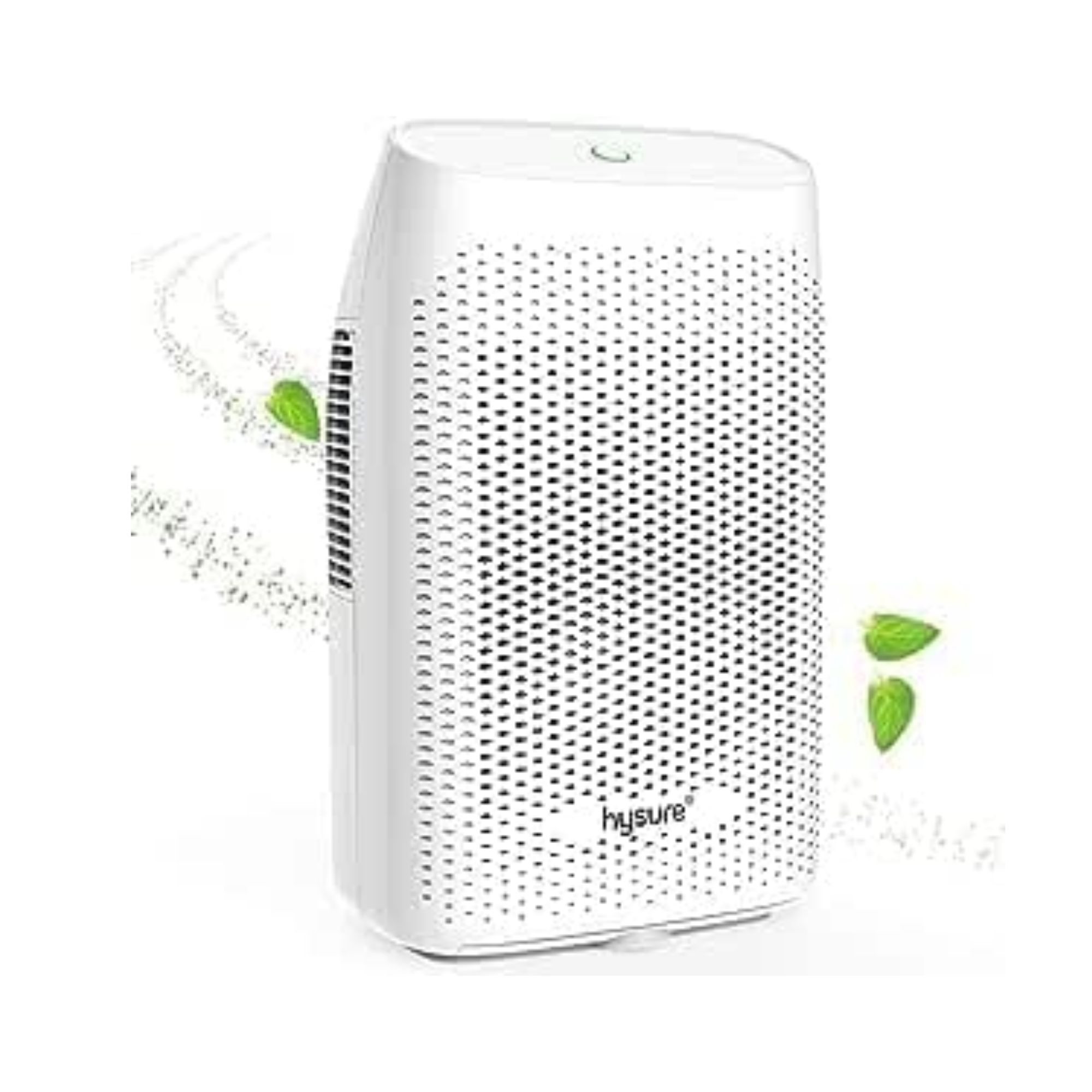
Dehumidifiers need not cost a fortune in order to be effective. This budget buy is not only easy on the bank balance, but it is also compact and lightweight and would be ideal for those looking for a dehumidifier for a small room.
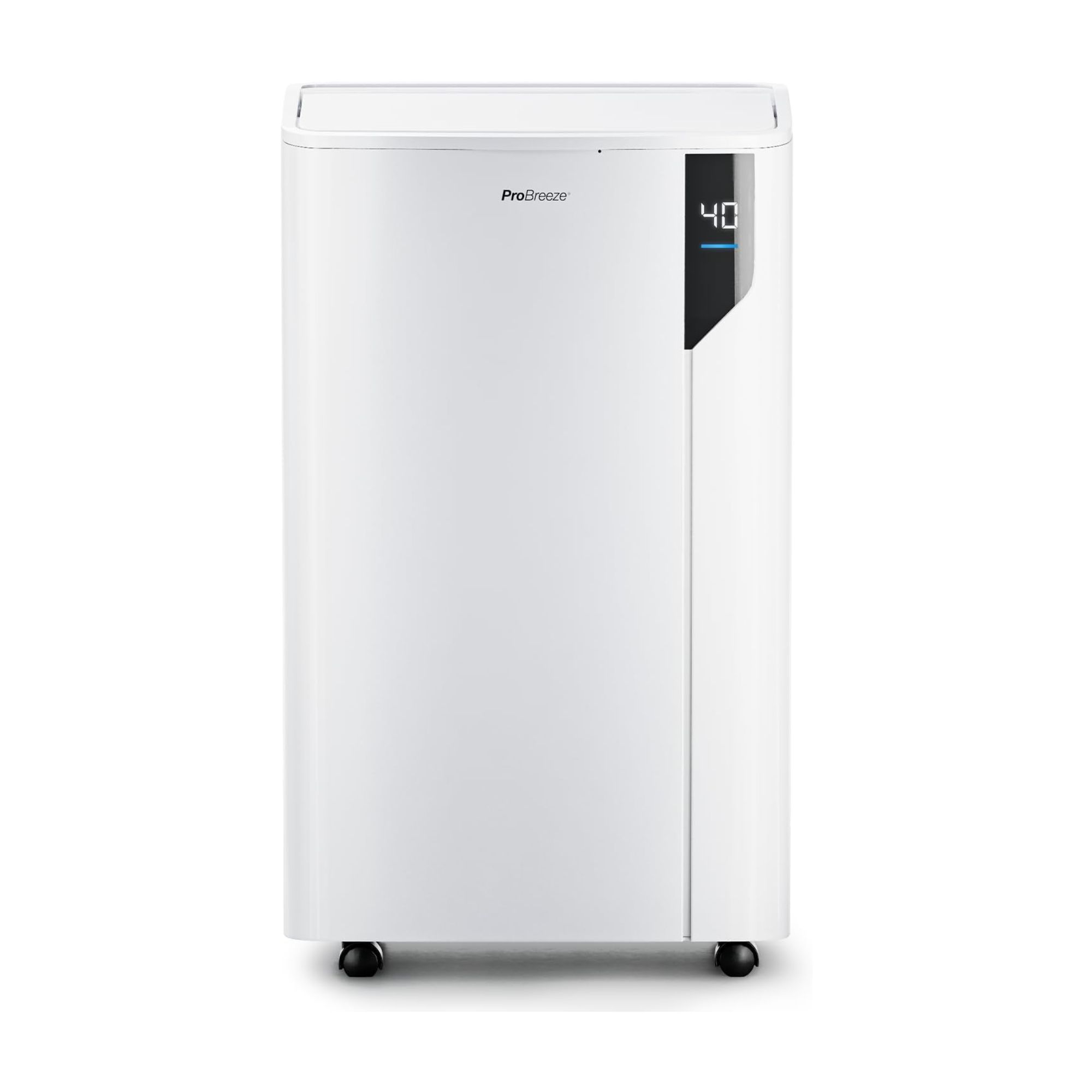
With its large 5.5 litre capacity water tank, five operation modes – one of which includes a laundry drying function – and simple to use controls, this is a brilliant dehumidifier for those after a mid-priced model that will be suitable for medium to large homes.
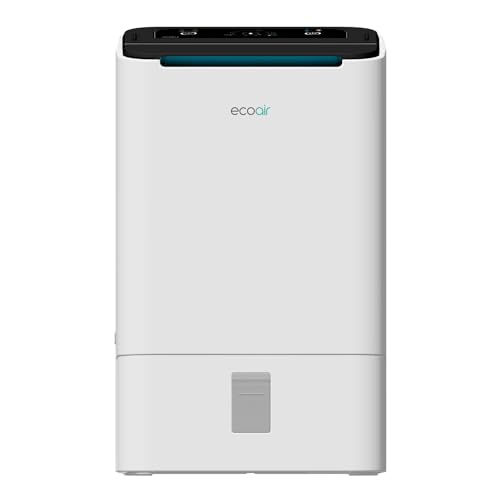
Designed for spaces where the temperatures are regularly lower than 15°C, this desiccant dehumidifier works very effectively, is lightweight and easily manoeuvrable.
FAQs
Can you ever get too big a dehumidifier?
Yes. Choosing a unit that’s too powerful for a small space may reduce the humidity quickly, but it’ll also use more energy than required, cost more to run and could be noisier than necessary
Do I need a bigger unit if I’m drying laundry indoors?
Absolutely. Wet washing adds a lot of moisture to the air, so opting for one capacity size higher than usual helps prevent your dehumidifier from running constantly and keeps drying times reasonable.
How do I size a dehumidifier for a basement or cold space?
If you're using a dehumidifier in a chilly space, such as in a basement or an unheated room, you’ll usually need a larger unit, ideally around 20–25L per day. Compressor dehumidifiers can struggle in cooler temperatures (below 16°C), so a desiccant dehumidifier is often a better choice. These work well in cold conditions and even add a bit of warmth to the space. Just be sure to check the energy rating, as they can use more power.
What factors besides size should I consider?
While capacity is important, other factors can affect how well your dehumidifier performs. Think about how damp your space feels, how much airflow it gets, and how often it’s used. Poor ventilation, internal walls with no insulation, or lots of occupants can all raise home humidity levels. Likewise, spaces with little natural airflow, like utility rooms or bathrooms without windows, will demand more from your unit. In scenarios such as these, it pays to go one capacity size up from the norm.
Choosing the right size of dehumidifier is a great first step, but regular dehumidifier maintenance is just as important. To keep your unit running efficiently, make sure you clean the water tank and air vents regularly, and check or replace the filter as recommended by the manufacturer.

Gabriella is an interiors journalist and has a wealth of experience creating interiors and renovation content. She was Homebuilding & Renovating's former Assistant Editor as well as the former Head of Solved at sister brand Homes & Gardens, where she wrote and edited content addressing key renovation, DIY and interior questions.
She’s spent the past decade crafting copy for interiors publications, award-winning architects, and leading UK homeware brands. She also served as the Content Manager for the ethical homeware brand Nkuku.
Gabriella is a DIY enthusiast and a lover of all things interior design. She has a particular passion for historic buildings and listed properties, and she is currently in the process of renovating a Grade II-listed Victorian coach house in the West Country.
